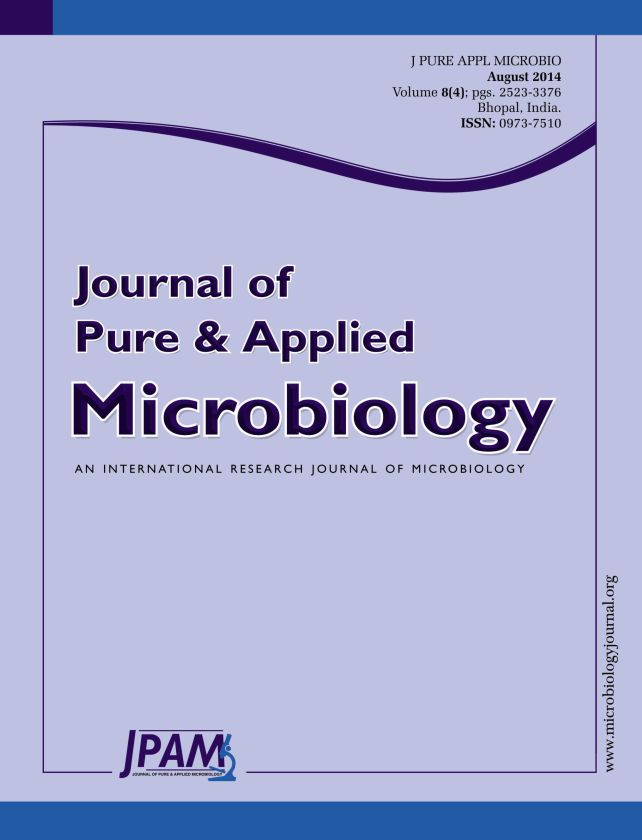Pseudomonas spp. (including P. aeruginosa) can cause spoilage of many types of food. This study examined the effect of the combination of microwave heating and addition of low doses of preservatives on viability and caseinase production of this microorganism. Microwave exposure at high power for 20 sec in nutrient broth (pH 7.2 or 5.9) alone, or in nutrient broth containing potassium sorbate (0.05%, 0.09%) significantly reduced (p< 0.05) number of viable cells (reduction of P. aeruginosa cells ranged between 3.84 and 4.88 log CFU/ ml). Presence of NaCl (3%) in nutrient broth (pH 7.2) increased the sensitivity of P. aeruginosa to microwave action, no viable cells were detected after 20 sec exposure. Microwave exposure for 30 sec of P. aeruginosa in NB (pH 7.2 or 5.9), NB (pH 5.9) + 0.05% potassium sorbate, or NB (pH 5.9) + 0.09% potassium sorbate killed all cells in the media. Presence of T. vulgaris extract (0.3%) alone in nutrient broth (pH 7.2) slightly decreased the sensitivity of P. aeruginosa to microwave action, exposure for 20 or 30 sec reduced number of viable cells by 3.81 and 5.85 logs, respectively. Caseinase production by P. aeruginosa in all media tested was abolished after 20 sec exposure although viable cells could still be detected. Microwave heating for 20 sec in chicken homogenate or chicken homogenate + 3% NaCl reduced number of viable cells by ~ 3.2 logs in both media, and significantly reduced (p< 0.05) caseinase titer. Exposure for 30 sec reduced number of viable cells by ~ 5.33 logs in both media and inhibited production of caseinase.
Microwave, P. aeruginosa, caseinase, chemicals
© The Author(s) 2014. Open Access. This article is distributed under the terms of the Creative Commons Attribution 4.0 International License which permits unrestricted use, sharing, distribution, and reproduction in any medium, provided you give appropriate credit to the original author(s) and the source, provide a link to the Creative Commons license, and indicate if changes were made.


